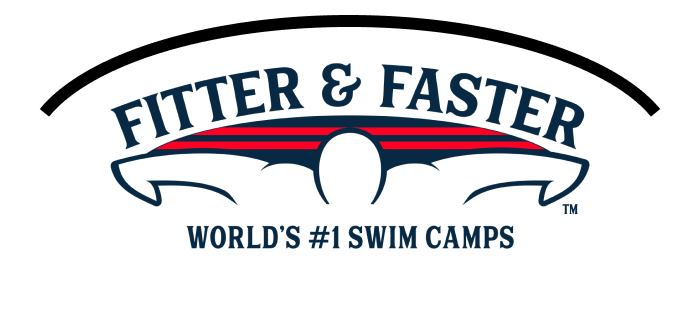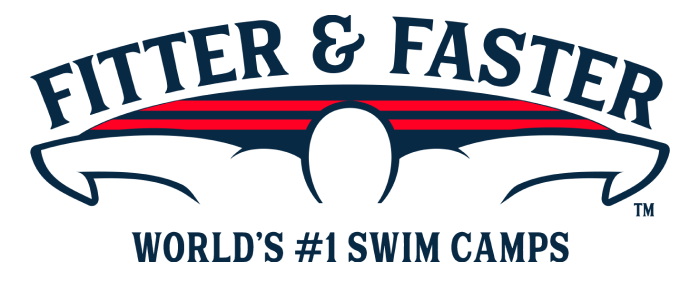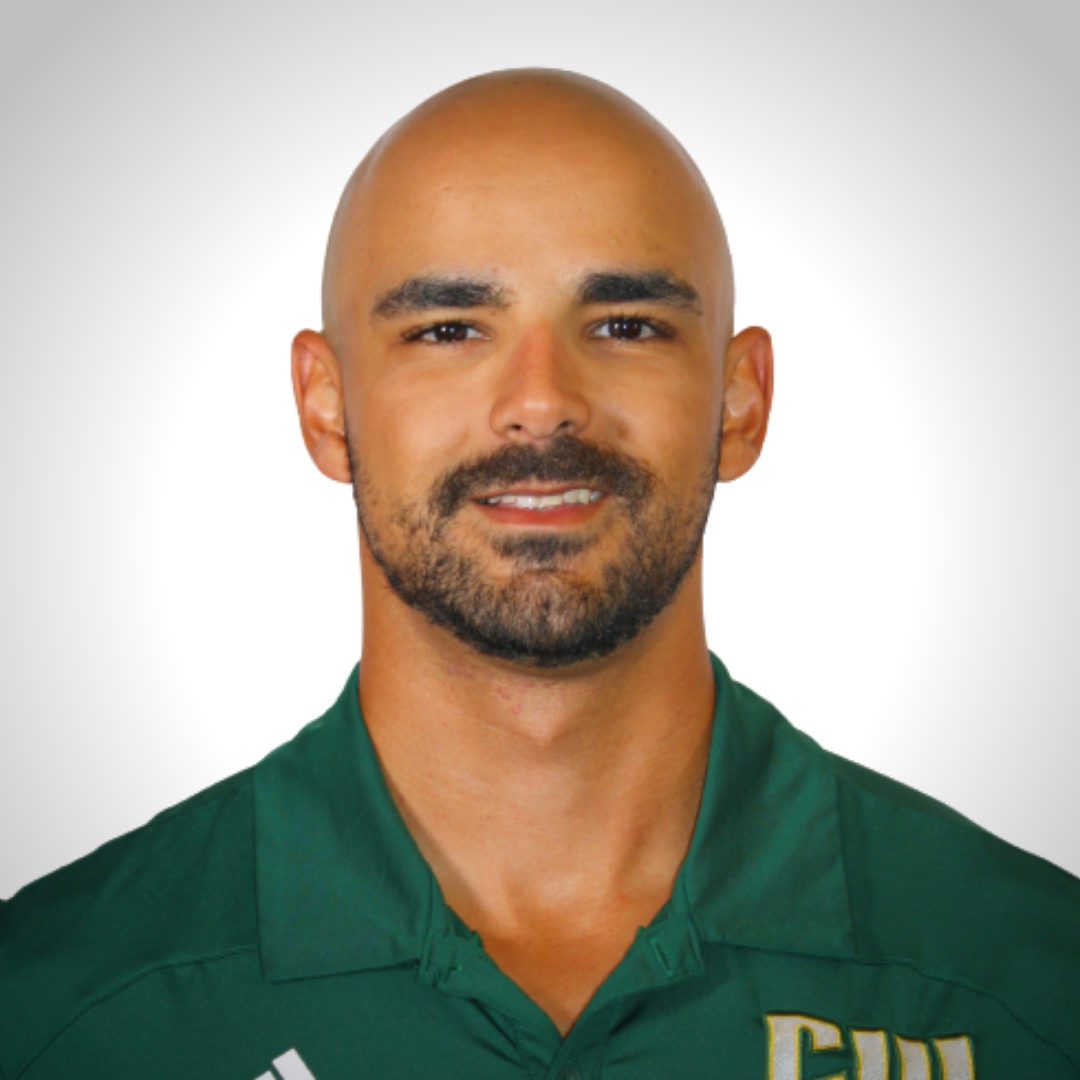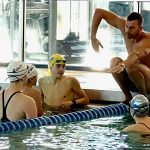Backstroke Technique & Foundational IM Skills Swim Camp (Ages 13 & Over)
Gordon JCC
801 Percy Warner Blvd,
Nashville,
TN 37205
- days
- hours
- minutes
- seconds
Introduction
Fitter & Faster is producing a 2-day swim camp for competitive swimmers ages 13 & Over at The Gordon JCC in Nashville, Tennessee, on November 22 & 23, 2025! Please click here for the swim camp page for ages 10 to 12.
BACKSTROKE TECHNIQUE & FOUNDATIONAL IM SKILLS SWIM CAMP (Ages 13 & Over)
DAY 1 (Saturday, November 22): Backstroke Technique
DAY 2 (Sunday, November 23): Foundational IM Skills
Scroll down for details on the curriculum!
-> Availability in each session is limited to 22 participants to ensure the highest level learning experience.
-> SAVE when you purchase the “Entire Camp Bundle” for your swimmer.
SESSION START TIMES FOR BOTH DAYS: Check in 12:30 PM, Camp 12:45-3:45 PM
Suggested Participants
Our top priority is to provide a world-class learning experience for all participants at all of our camps. This camp has sessions for swimmers ages 13 & older. Participants will range from one-year of competitive swimming experience to AAAA times and faster. If you are the parent of a child under the age of 13, CLICK HERE!
Curriculum
Well-rounded athletes continue to grow and find ways to improve throughout their entire careers. An IM-focused approach supports long-term development by building strength and skill across all four strokes. This camp puts a spotlight on backstroke—often overlooked from a technique standpoint—and how it fits into strong IM performance. Swimmers will sharpen their backstroke and IM skills, laying a more complete foundation for steady, long-term improvement.
DAY 1 (Saturday, November 22): BACKSTROKE TECHNIQUE
While backstroke shares many concepts with freestyle, the actual skill can be much different. In this session, your swimmer will refine bodyline, rotation, kick, and pull specifically for backstroke.
- BODYLINE: Backstroke bodyline should eliminate unnecessary movement. Even small amounts of bobbing or swaying create drag. Participants will learn to maintain a flat, aligned posture and engage the core to support a strong, stable position in the water.
- ROTATION: Unlike freestyle, backstrokers rotate most fully onto their side when their hand is midway through the stroke. Rotation in backstroke is essential for two key reasons. First, to apply power during the pull, the swimmer’s hand must be positioned in front of the shoulder and at least a few inches below the surface of the water—something that’s only possible with proper body rotation. Second, rotation helps activate the large muscles of the back as the swimmer drives their hand through the surface and into the catch.
- CONSTANT MOTION: Unlike other strokes, backstroke has no built-in glide phase—the arms are always moving. Your swimmer will work on strategies to keep their stroke continuous and efficient, maximizing distance per stroke while maintaining tempo.
- KICKING: Effective backstroke kicking requires generating propulsion in both directions—both the forward and backwards motions. Your swimmer will learn to kick efficiently on their back, using ankle flexibility and consistent drive to support rotation and propulsion.
- PULL: Backstroke pull requires a high elbow catch, but also uses more of the full arm in the pull than any other stroke since the hand is pulls much further outside the body line. We will work on feeling that full pull and engaging the large muscles of the back to generate power.
DAY 2 (Sunday, November 23): FOUNDATIONAL IM SKILLS
Being successful in Individual Medley (IM) events takes more than just being good at each stroke. Great IM’ers know how to connect the pieces—using transitions, turns, and strategy to gain momentum and separate from the competition. At this camp, your swimmer will work on building IM races that are greater than the sum of their parts.
- STROKE TRANSITIONS: Each stroke uses different muscle groups and movement patterns, so switching from one to the next isn’t as simple as it seems. Transitions take practice, awareness, and good technique. Our clinicians will work with your swimmer on drills and technical tips that help them move more smoothly and efficiently between strokes—saving time and energy every time they race.
- IM TURNS: Turns in IM races are their own skill set. They can be tricky—especially the back-to-breast turn, which is completely different from other transitions. We’ll break down each IM transition turn and give swimmers the coaching they need to feel confident and consistent.
- OVERCOMING A WEAK STROKE: Almost every swimmer has a stroke that lags behind the others—but top athletes find ways to minimize its impact. Whether it’s adjusting technique or maximizing strengths like underwater pullouts, our clinicians will give your swimmer tools to be more effective in their least comfortable stroke.
- IM STRATEGY: Racing IM well means having a plan for how to pace and distribute effort across all four strokes. That plan looks different for every swimmer. Our experienced clinicians will help your swimmer understand how to manage energy, play to their strengths, and adjust strategy as needed. Sometimes that even means holding back a bit on a strong stroke to save energy for a weaker one. Your swimmer will leave with a greater understanding of how to approach their IM races.
ASK QUESTIONS
Swimmers and parents are invited to ask the clinicians questions during a Q&A session. Gain insight into their training regimen, diet and nutrition, and recovery tactics.
WATCH THE CLINICIANS
Observe clinicians swim at full speed and demonstrate a progression of perfectly executed drills to achieve powerful, efficient and fast swimming.
PUT YOUR SKILLS TO THE TEST
Throughout the camp, swimmers will practice what they've learned with some of the world's most elite Swimmer Clinicians and coaches!
Take a photo, get autographs, and chat with your clinicians!
Inquisitive, Educated Swimmers are Faster Swimmers! Sign up today!


